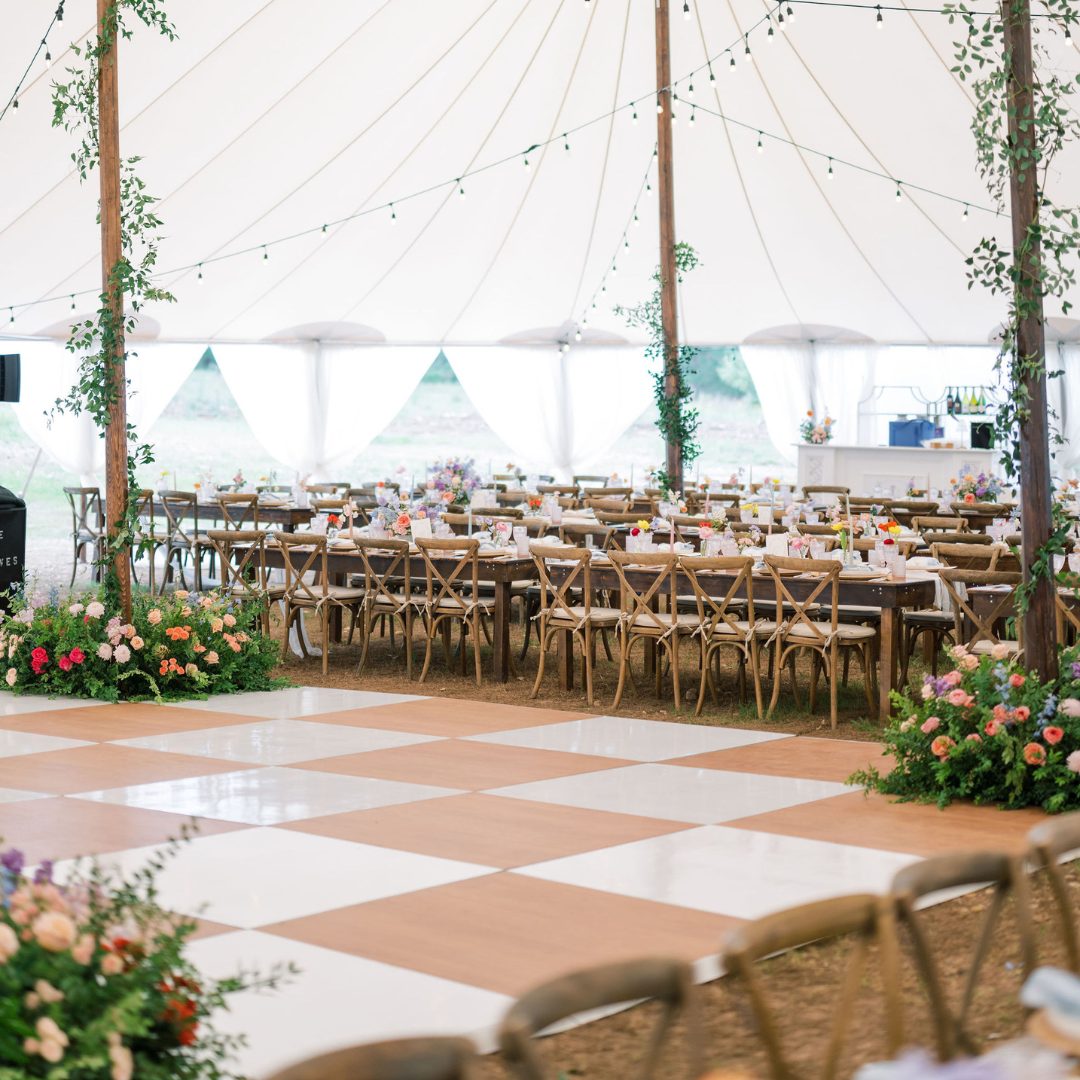
One of the primary functions of lighting on a dancing area is to highlight the dancers. Focused lights can be used to direct attention on individual dancers or groups, making them the focal point of attraction. This technique not only showcases their movements but also adds a layer of drama to the show. When dancers are lit properly, their facial expressions and skills become more apparent, allowing the spectators to value their skills. This focused lighting can also help to create a narrative, guiding the spectators through the show.
In furthermore to showcasing performers, colored illumination can greatly affect the mood of the dancing area. Different colors evoke different emotions; for instance, warm colors like red and orange can generate a sense of enthusiasm and energy, while cooler colors like blue and green can promote calmness and ease. By thoughtfully using colored illumination, organizers can control the atmosphere to align with the concept of the event or the style of the dance. This considerate approach to lighting setup can improve the overall encounter for all involved.
Flashing lights and other active lighting effects can also add excitement to a dance floor. These features can generate a sense of beat and motion that complements the music being played. When synchronized with the rhythm, flashing lights can useful source make the dancing area feel alive, encouraging dancers to move in sync with the pulsing lights. This connection between light and sound can elevate the energy of the occasion, making it more pleasurable for both performers and spectators. The use of such effects requires careful consideration to ensure they improve rather than distract from the show.
Finally, the overall design of the lighting arrangement is essential for creating a unified look on the dance floor. A well-thought-out lighting plan takes into account the configuration of the space, the type of dance being executed, and the audience's experience. By integrating various lighting methods, such as background lighting, accent lighting, and special effects, planners can design a visually stunning setting. This focus to detail not only enhances the show but also leaves a lasting impression on the spectators, making the event memorable. In conclusion, the powerful influence of lighting is vital in improving dancing area aesthetics, creating an captivating and pleasurable experience for all.